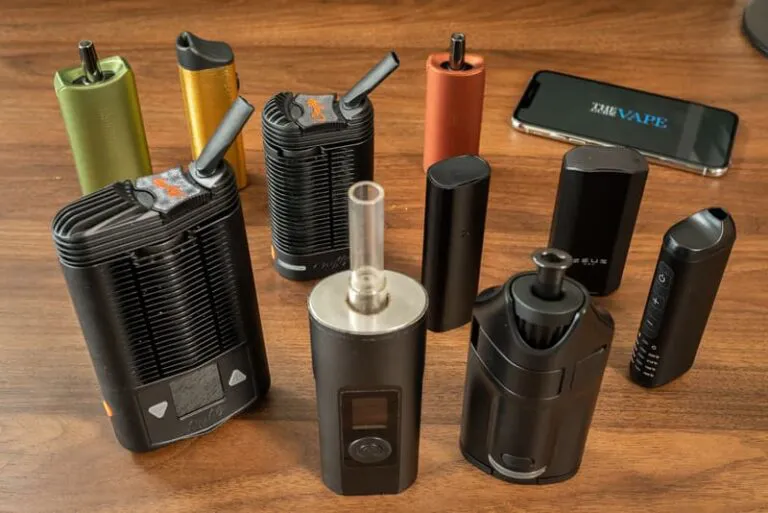
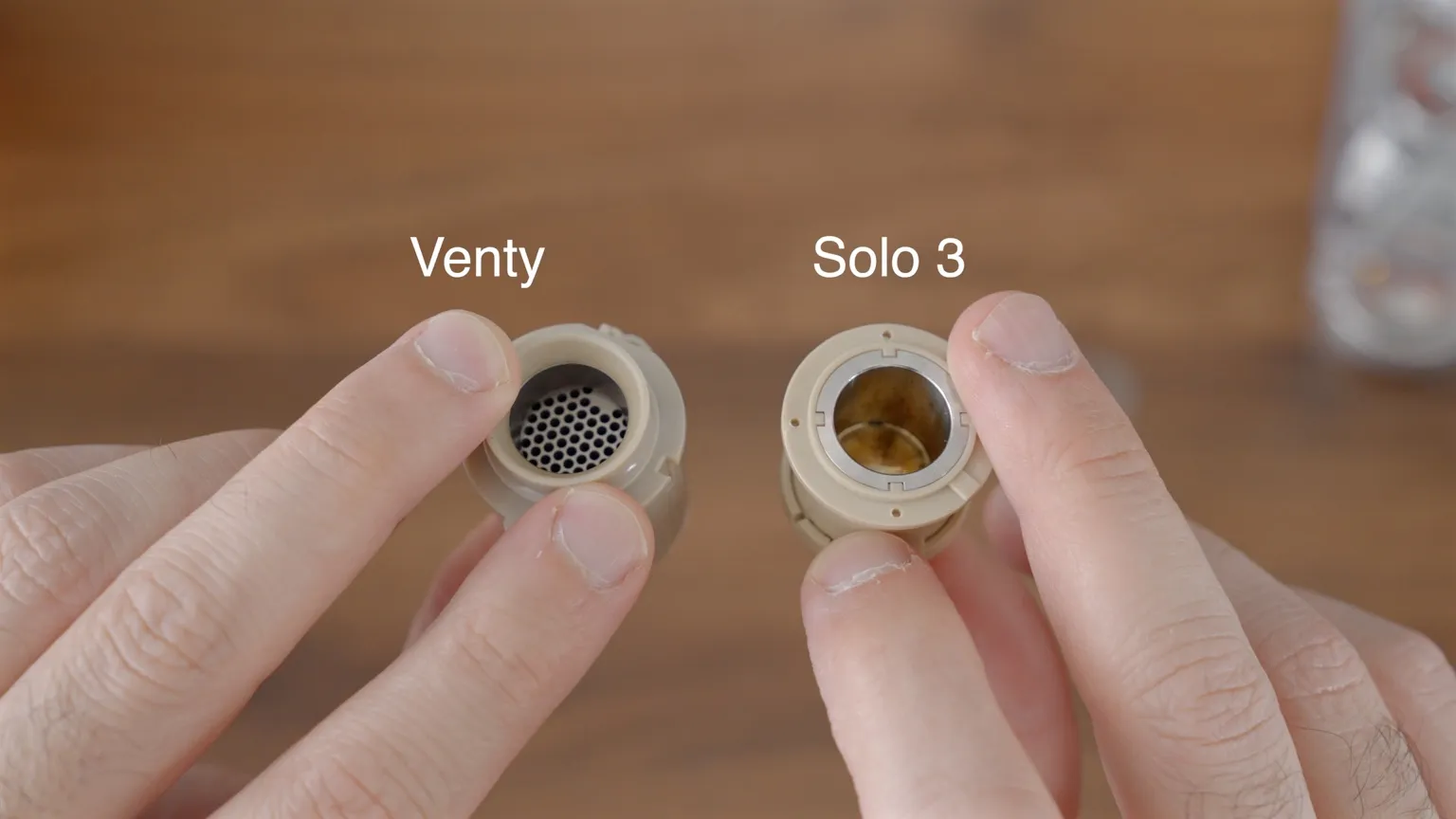
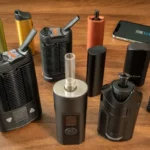
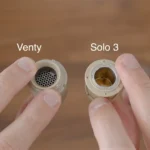
On the outside, dry herb vaporizers are all pretty much the same and on the inside, they are pretty similar as well. They all have the same components and they all work in much the same way. However, there are some significant differences among certain types of vaporizers that can affect the vaping experience.
Those subtle differences can make choosing the right weed vape a tricky proposition for beginners. Or at least it would be tricky if you didn’t have this guide to help you. So, keep reading to learn all about the different types of dry herb vaporizers.
Related: Best dry herb vaporizers of [year]
Introduction
On the outside, dry herb vaporizers are all pretty much the same and on the inside, they are pretty similar as well. They all have the same components and they all work in much the same way. However, there are some significant differences among certain types of vaporizers that can affect the vaping experience.
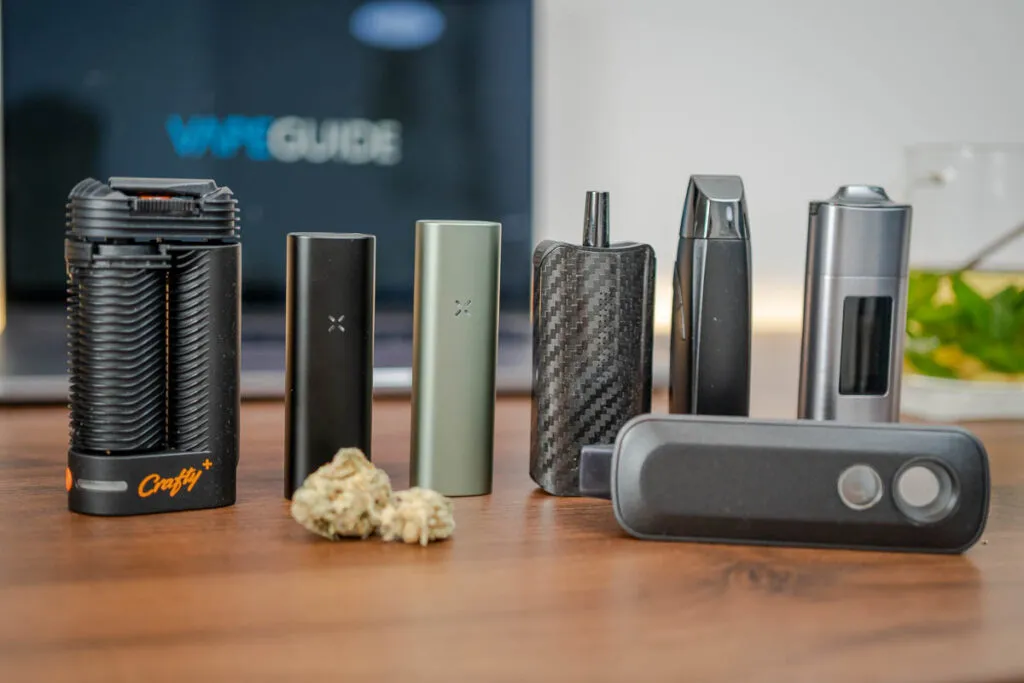
Those subtle differences can make choosing the right weed vape a tricky proposition for beginners. Or at least it would be tricky if you didn’t have this guide to help you. So, keep reading to learn all about the different types of dry herb vaporizers.
Session VS On-Demand
Session vaporizers
Are by far the most common type of dry herb vaporizers. With these kinds of vapes, you load the oven, power up the vape, select your temperature, and inhale the vapor until the weed in the oven is used up. It’s how you would expect a vaporizer to work even if you don’t know how to use a dry herb vaporizer since that’s essentially how joints work, you light it up and continue smoking it until the weed is extinguished.
On-demand vaporizers
Allow users to take a hit whenever you want instead of vaping all the weed in the oven in a single session. Users have the ability to vape as much or as little herb as they want, turn off the vaporizer, and fire it up again when they’re ready to take another hit. They are capable of this because they use special heating methods that heat up and cool down very quickly.
Session Vaporizers are recommended for most users
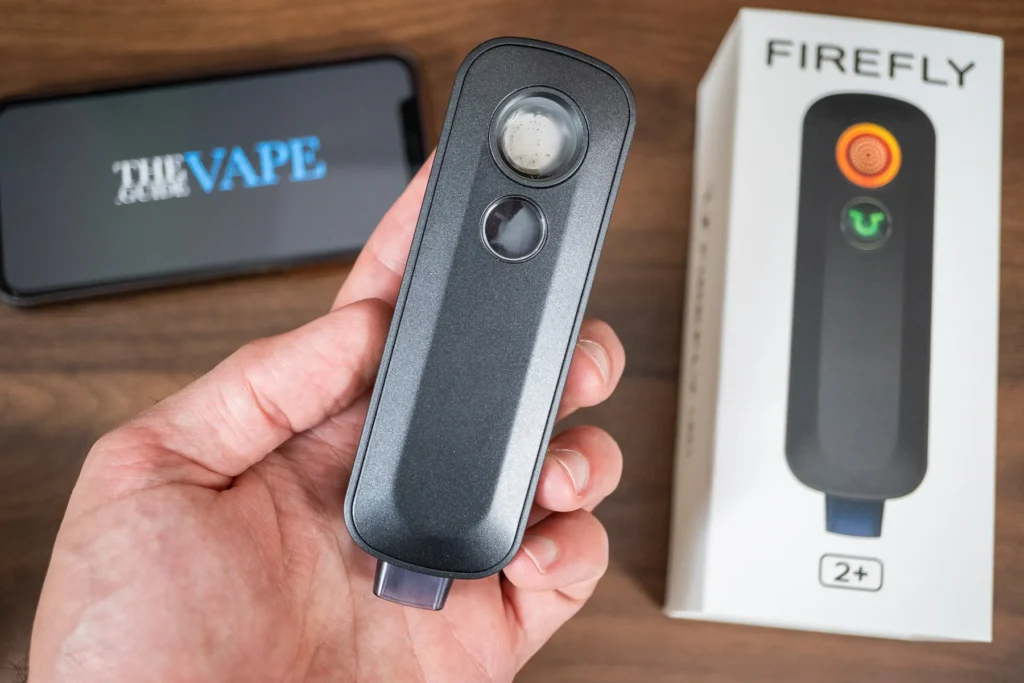
On-demand vapes are great for microdosing, but before you rush out and buy one, there are a few things you should know. First, there are really only two on-demand vaporizers on the market, the Ghost MV1 and the Firefly+ (Review | Buy) and they are two of the most expensive vaporizers available. Second is that they have a higher learning curve than session vapes, which are more intuitive and easier to use. Third is that some session vaporizers have options that allow you to microdose if you need to.
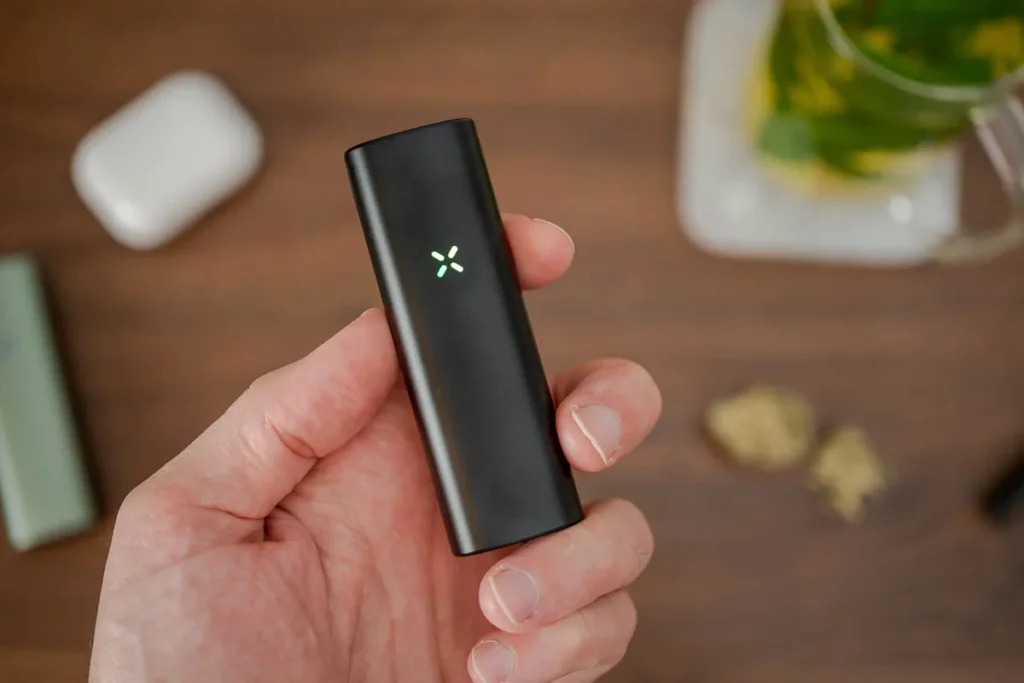
The Pax Plus (Review | Buy) includes a half-oven in its kit that allows you to fill the oven with half the usual amount of herb and still get an optimal vaping experience. Also, the DaVinci IQ 2(Review | Buy) has optional oven spacers that achieve the same result. Considering their ubiquity, affordability, and convenience, session vaporizers are the recommended choice for 99% of vapers.
Portable VS Desktop
Portable
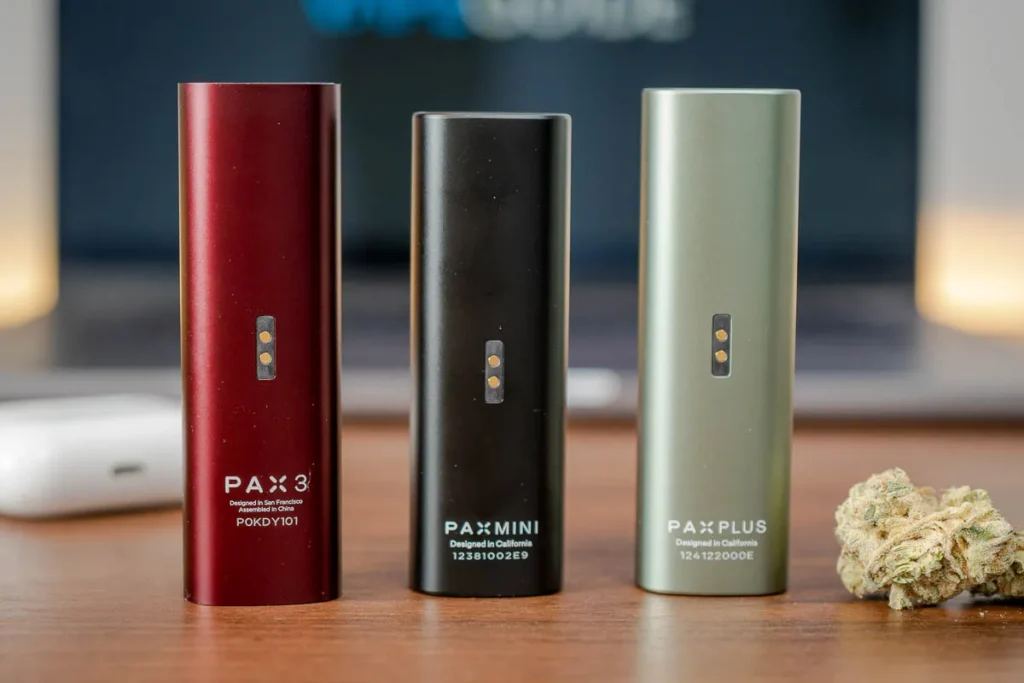
As the name suggests, portable vaporizers are dry herb vaporizers that can more or less fit in a pocket or a purse. Some vaporizers are more portable than others, but essentially they are vaporizers that can be easily held in one hand while they are being used. Naturally, they are far and away the most common type of vaporizer available since people can use them wherever they want. There are few restrictions on where you can take a dry herb vaporizer. A few of the current highest rated portables are Pax Plus (Review | Buy) or the POTV One (Review | Buy).
Desktop
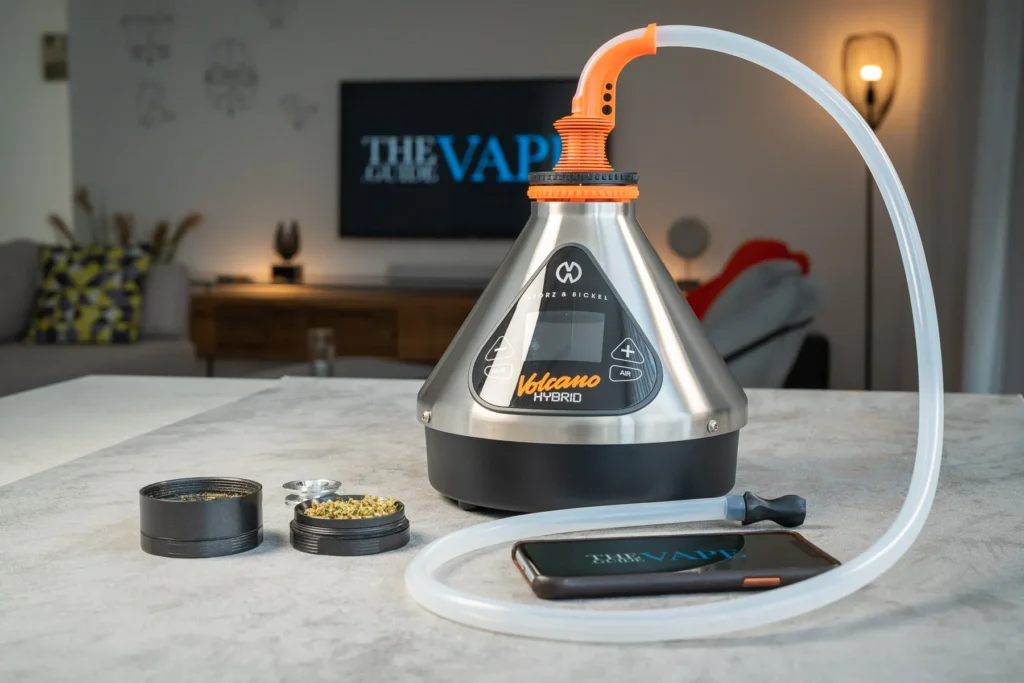
You can probably guess based on the name that the opposite is true with desktop vaporizers. These are large devices that are meant to be used at home. They are more powerful than portable vaporizers and they feature inhalation methods that are unique to them such as balloon bags or whips. Desktop vapes offer a more potent and powerful vaping experience than portable vapes do. However, the large size and high price of desktop vapes mean that most people will opt for a portable vape instead. A couple of examples are the iconic Volcano Hybrid (Review | Buy).
Conduction VS Convection VS Induction
There are a few different heating methods present in dry herb vaporizers, conduction, convection, and hybrid. Let’s take a closer look at each one.
Related: How do dry herb vaporizers work?
Conduction Heating
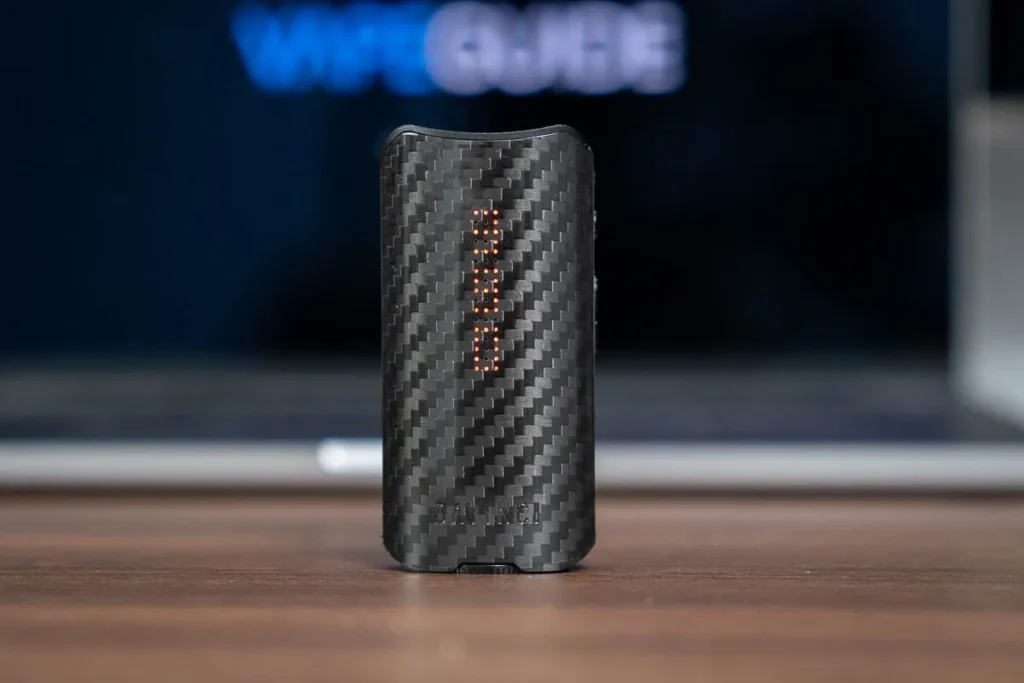
This is when the heating element comes in direct contact with the herb. This is the most common heating method available, and if you read the previous paragraph, then you can figure out that most session vapes use this heating method. This is a pretty reliable heating method which is why you will see it in vaporizers of all different price points, from more affordable weed vapes like the K Vape Pro (Review | Buy), to high-end vaporizers like the Pax Plus.
Convection Heating
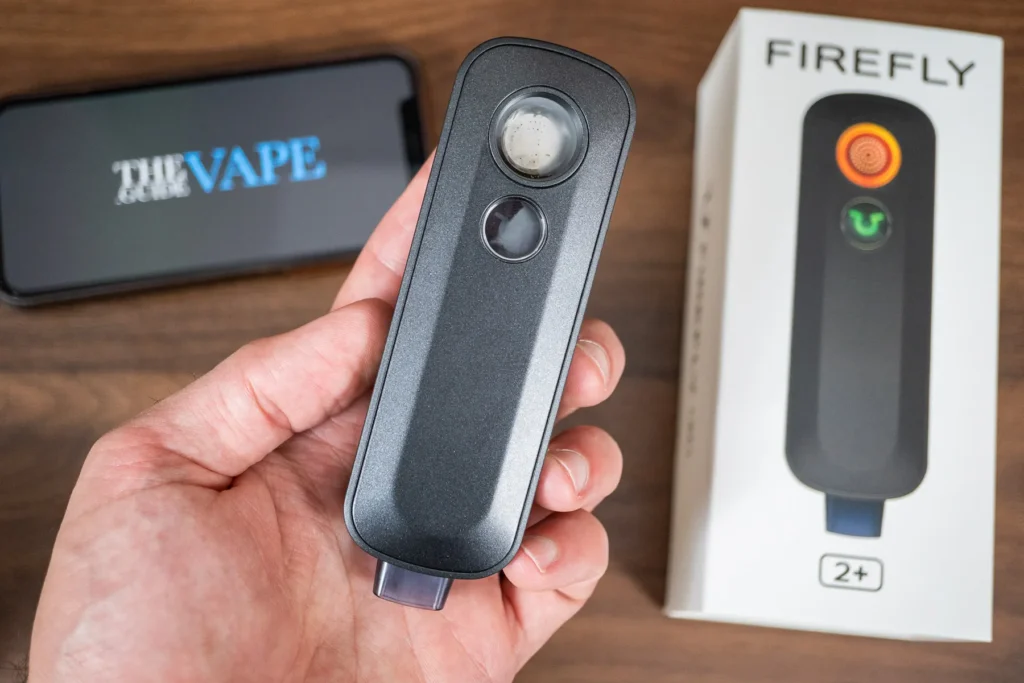
With this heating method, the herb doesn’t come into contact with the heating element. Instead, hot air is passed in and around the herb in order to vaporize it. This is a desirable heating method because there is no chance that the herb can get burnt or scorched. It’s also a relatively rare heating method that you will mostly find in on-demand vaporizers. That makes sense because if the herb came into contact with the heating element, then it wouldn’t be able to cool down quickly once the vaporizer was turned off.
Hybrid Heating
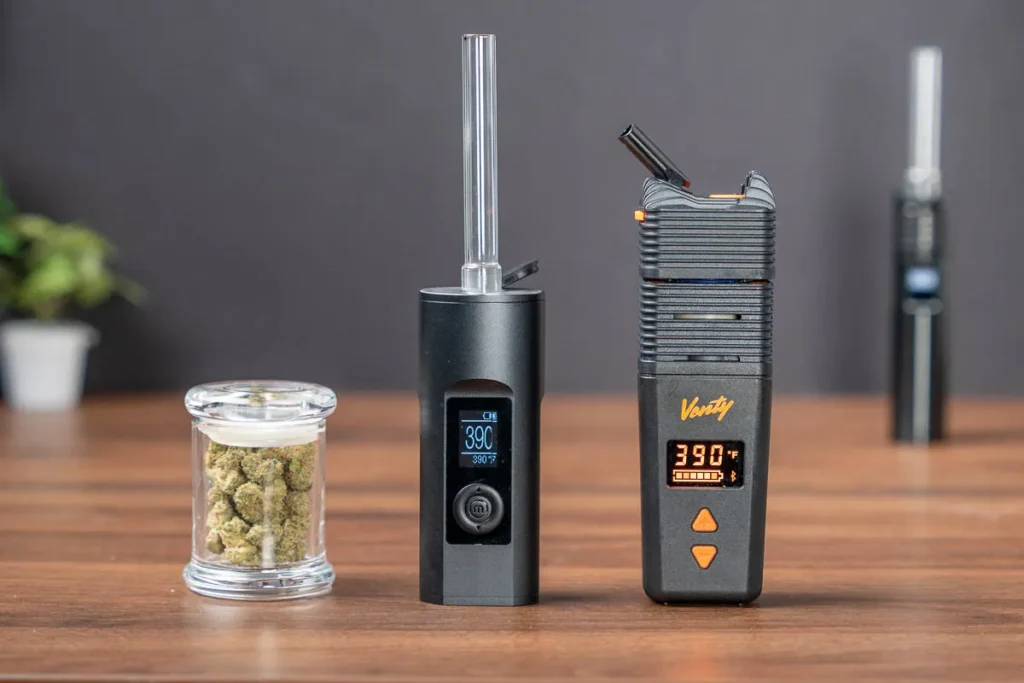
This method is a combination of the two previous heating methods and you will mainly see it in premium vapes like the Venty, Crafty+ (Review | Buy). It combines the best of both methods to give the vapor a rich, flavorful taste. In addition to portable vaporizers, you will also find this method in desktop vaporizers like the aptly named Volcano Hybrid (Review | Buy).
Induction Heating
A quick word on induction heating because it isn’t currently used for dry herb vaping. This heating method uses an electromagnet to heat up a container made from a ferrous material that is placed within the electromagnet. This is a very fast and highly advanced heating method, which is why the only vape that currently uses it is the Dr Dabber Switch (Review | Buy). It is also a heating method that is better suited to extracts than to dry herb so don’t expect to see it in weed vapes any time soon.
Final Thoughts
There are a lot of different types of vaporizers to choose from, but many of them serve a niche audience. Desktop vaporizers are more for hardcore users who want the very best vaping experience possible and are willing to spare no expense to get it. On-demand vaporizers are for users who don’t mind spending the money on a vape that they can use on their own schedule.
That leaves session vapes as the choice for most users. They come in a variety of different price points, they are easily attainable, they are easy to clean, and they can be used almost anywhere. Desktops and on-demand vaporizers have their place, but session vapes should be the choice of most people who are new to vaping. After all, they are the choice of people who have been vaping for a very long time.